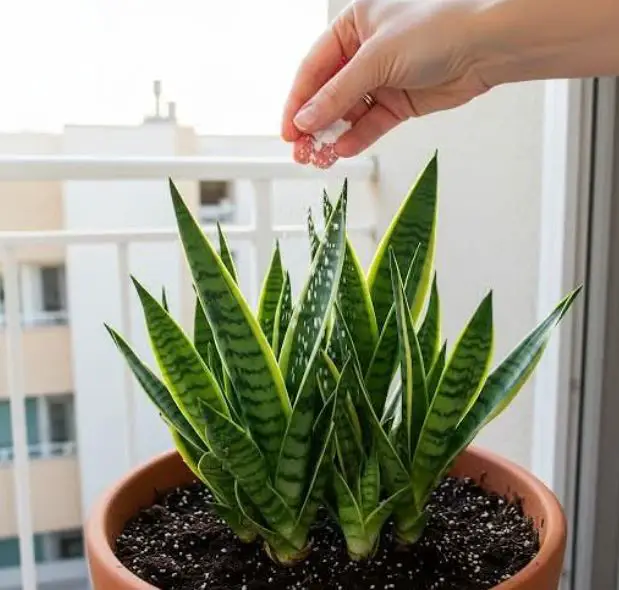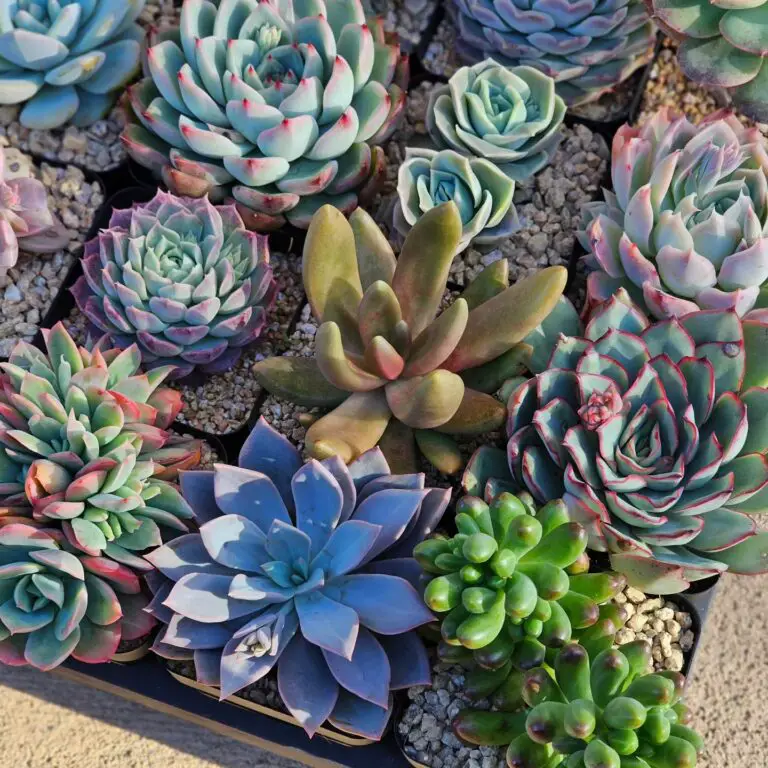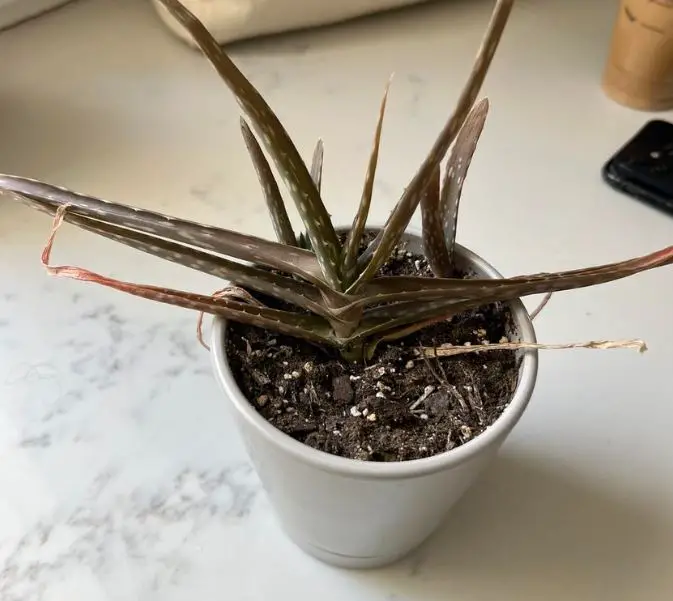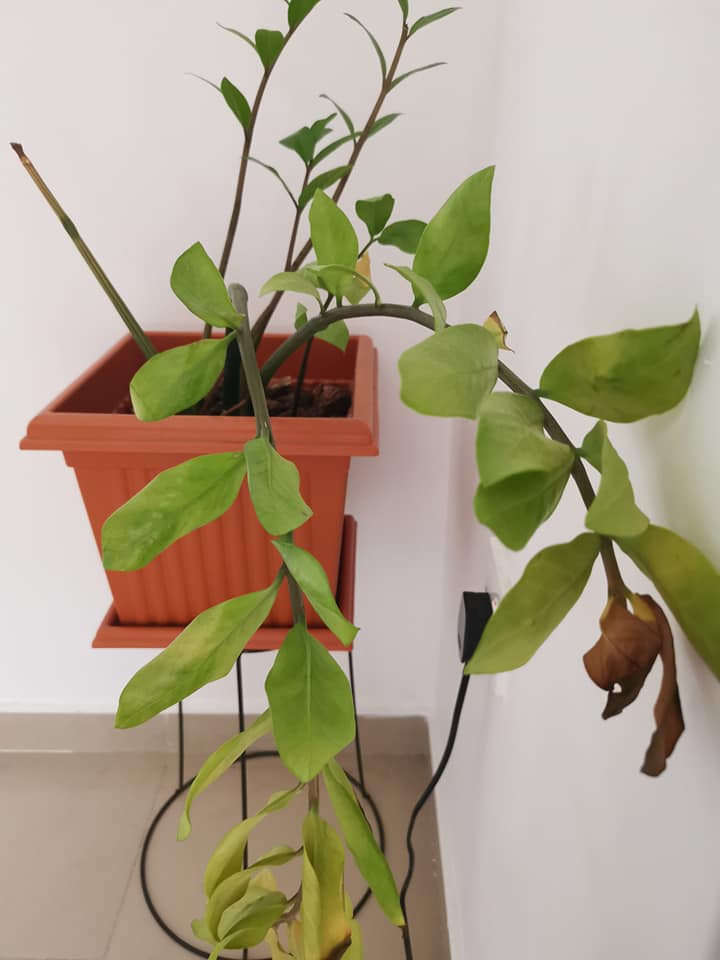Recommended Succulent Fertilizer N-P-K Ratio and Its Meaning
Succulents, including cacti, are known to thrive in poor nutritional conditions. Despite that, they need fertilization for faster growth, vibrant foliage, and flowering. For best results, you MUST use a succulent fertilizer with the correct N-P-K ratio.
N-P-K labelling on fertilizer packaging stands for Nitrogen, Phosphorus, and Potassium. These are the main elements found in plant fertilizers. Each of these primary macronutrients plays an important role in a plant’s growth and development.
- Nitrogen(N) promotes healthy foliage of a plant. It affects leaf color (chlorophyll), size, and length of a plant.
- Phosphorus (P) promotes root development and also plays a critical role in flowering and fruit formation.
- Potassium (K) regulates water intake in plants, improves resistance to drought, pests, and diseases. The nutrient also aids in photosynthesis and the transport of the processed food.
Succulent fertilizer N-P-K ratio
You must have come across three numbers such as 2-2-2 or 2-8-8 on a fertilizer bag. These numbers express the percentage by weight of the three key elements in fertilizers, Nitrogen, Phosphorus, and Potassium.
Plants have different NKP requirements, and that’s why the ratio varies from one fertilizer to another. So, what’s the best N-P-K ratio for cacti and other succulents?
For succulents, your best bet is to go for water-soluble or liquid fertilizers with balanced N-P-K ratios such as 8-8-8 or 10-10-10. It is recommended to dilute your fertilizer to quarter or half-strength to avoid root burn.
You probably also want to use a formula with trace elements. These are essential microelements needed in small amounts for the healthy growth of a plant. They include elements like zinc, copper, iron, boron, manganese, and molybdenum, among others.
Still, you need to be careful not to overfertilize. Excess nutrients, particularly Nitrogen, can make your succulents lose their impact and shape and grow leggy. This is why fertilizers for succulents have a lower nitrogen content compared to those of other types of plants.
Solid vs liquid NPK Succulent fertilizers
NPK fertilizers can either be solid (granules or pellets) or liquid (water-soluble). For succulents, I prefer using liquid fertilizers because they get absorbed almost immediately. However, they should be heavily diluted to avoid nutrient burn.
Solid or granular fertilizers are considered slow-release. I find them good, particularly for outdoor gardening. These types of fertilizers can be beneficial for succulents that prefer a steady supply of nutrients over time.
Both liquid and granular NPK fertilizers have their own pros and cons. The table below gives a brief comparison of the two.
| Granular succulent fertilizer | Liquid succulent fertilizer |
| Nutrients may take time to break down, especially in dry conditions. | Nutrients are readily available and quickly absorbed. |
| Feeds plants over weeks or months with minimal reapplication. | Typically lasts every 2–4 weeks requiring frequent reapplication. |
| Good for outdoor succulent gardens where minimal monitoring is required. | Great for indoor succulents or small container plants that are regularly monitored. |
| They usually have a longer shelf-life. | They have shorter shelf-life. |
| They always result in slow and compact growth. | They can trigger growth surge resulting in leggy succulents. |
| They have higher salt content which may not favor young plants. | Have relatively low salt content thus ideal for all plant ages. |
Whether solid or liquid, use your fertilizer as directed by the manufacturer. Succulents are sensitive to over-fertilization. Excess nutrients in the soil can lead to root burn, yellowing of leaves, and stunted growth.
Best time to fertilize succulents
The best time to fertilize succulents, including cacti, is during the growth season (spring and early summer). During this period, plants are metabolically active making them utilize all the nutrients provided in a fertilizer.
Succulents always go dormant during the cold months in fall and winter. This typically reduces their watering and nutrient needs. It’s best to avoid fertilizing during dormancy because it can lead to salt buildup and damage to the plants.
Organic fertilizer options
Besides the commercial NPK fertilizers, there are many types of DIY organic fertilizers you can use for succulents. Organic fertilizers are environmentally healthy and safe to use around pets and humans.
Their gradual release of nutrients is also seen as a way of keeping the soil rich for a longer period of time. Synthetic fertilizers last only for one or two seasons.
Some of the organic fertilizers I have been using on succulents include steeped banana peels, coffee grounds, and crushed eggshells. The only issue with these fertilizers is that they take more time to decompose and release nutrients.
I have heard many gardeners swear by worm casting tea. This natural fertilizer created by steeping worm castings provides a balanced array of nutrients, including nitrogen, phosphorus, and potassium, as well as beneficial microbes.
Final thought
Succulents are generally easy to grow. They can still do well even with minimal fertilization. Feeding them during the growing season is highly recommended, but remember to use fertilizers with the correct N-P-K ratio for succulents.
What’s also important is to use well-draining soil and avoid overwatering. Excess moisture in the soil can cause root rot and other fungal issues. Excess nutrients in the soil can also be a problem for succulents. Fertilize moderately, particularly as directed on the packaging label.
Tim M Dave is a gardening expert with a passion for houseplants, particularly cacti and succulents. With a degree in plant biology from the University of California, Berkeley, he has vast experience in gardening. Over the years, he has cultivated a vast collection of desert plants and learned a great deal about how to grow and care for these unique companions.






